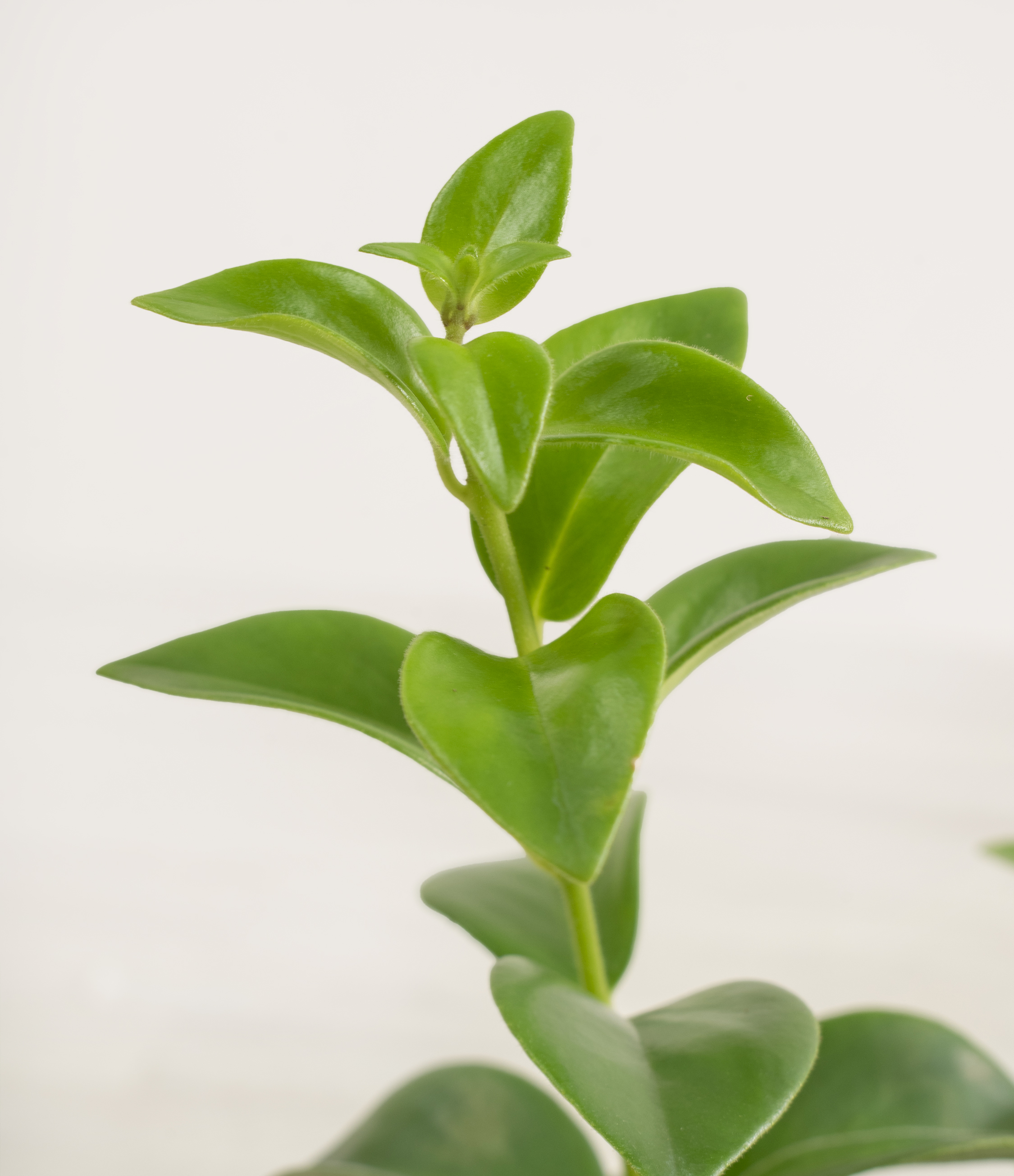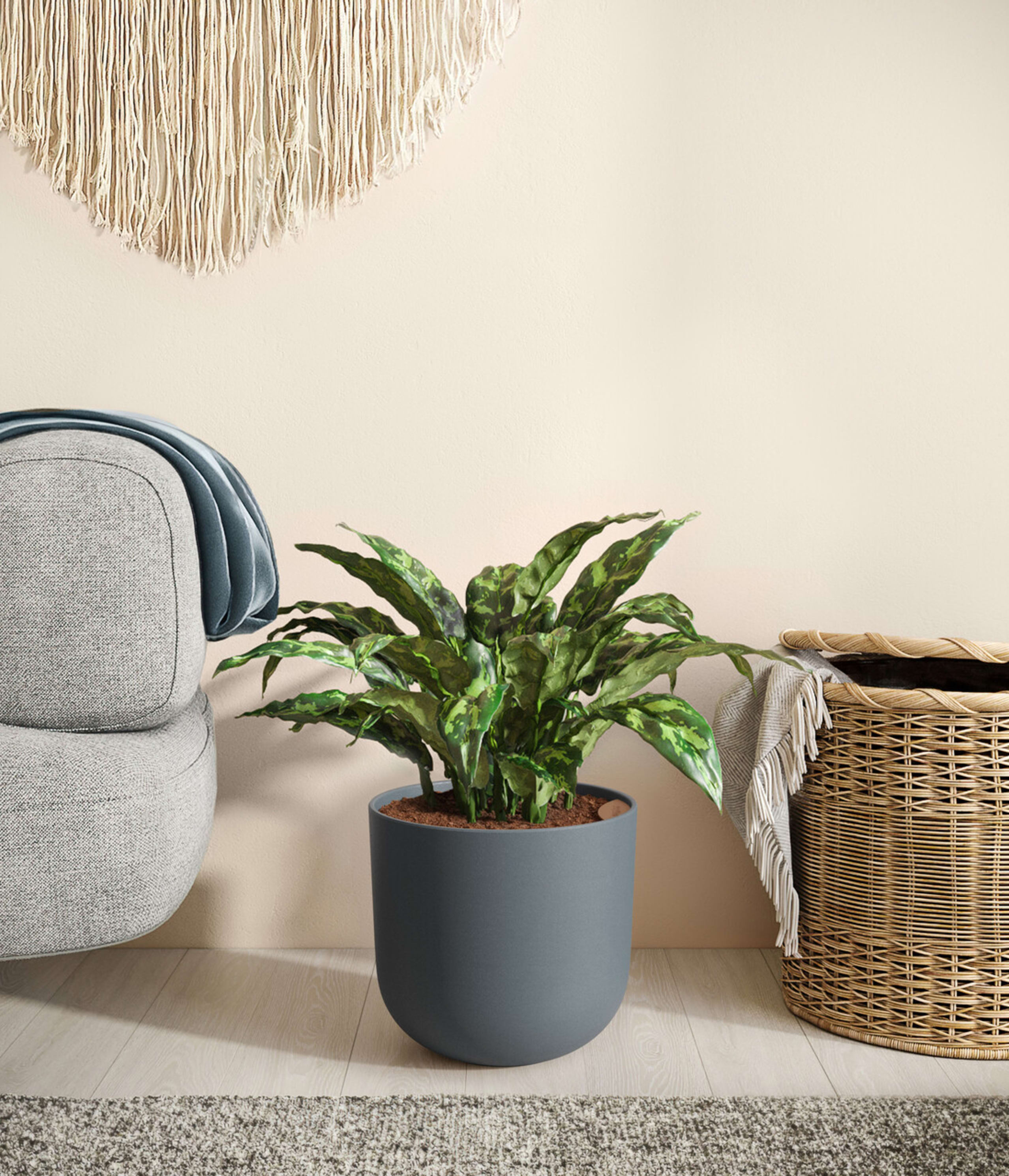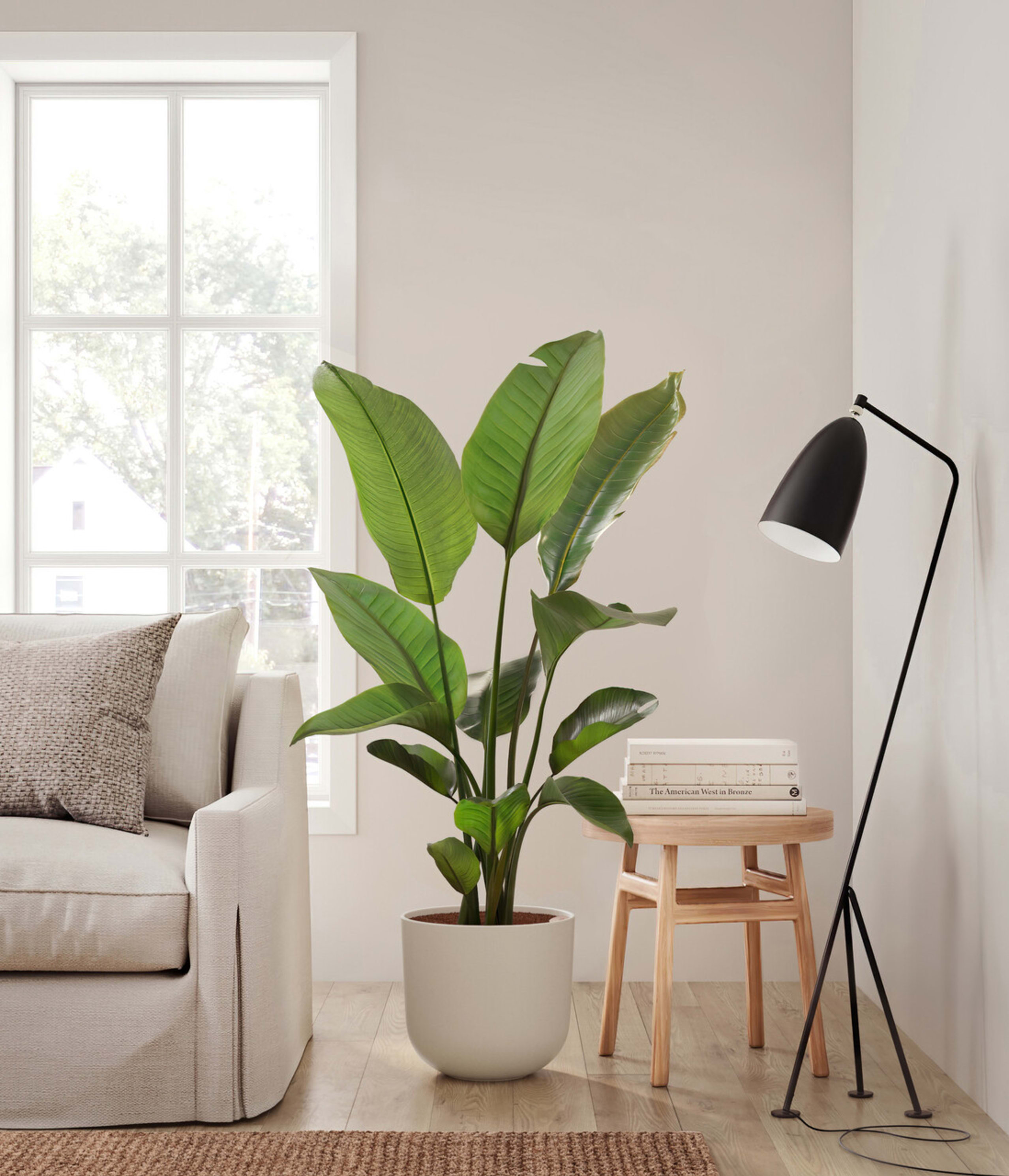How to care for Lipstick Plant
About Lipstick Plant
Lipstick Plant, affectionately known as Mona Lisa, is a tropical gem that’s recognized for its dazzling red, tubular flowers. Native to the humid rainforests of Southeast Asia, it’s popular for indoor cultivation due to its brilliant blossoms and trailing green vines. With the right care, your Lipstick Plant will be the star of your indoor plant collection.
Other common names
- Mona Lisa
- Red Bugle Vine 'Mona Lisa’
- Aeschynanthus 'Mona Lisa’
How Often Should I Water My Lipstick Plant?
With easyplant, taking care of your Lipstick Plant is a breeze. Just check the Easyplant reservoir once a month and refill it if empty.
Lipstick Plant Light Needs
Lipstick Plant Care
Caring for your Lipstick Plant is an enjoyable journey that will reward you with vibrant blooms. Keep your plant in a warm, well-lit spot with temperatures ranging from 70 to 80 degrees Fahrenheit. Make sure to keep it away from cold drafts and radiators. It's crucial to maintain clean, glossy leaves as they are the plant's powerhouse. Every few weeks, gently wipe the leaves with a damp cloth to remove any dust. This simple act not only keeps your plant looking its best but also allows it to absorb more light, leading to better growth. Remember to rotate the pot a ¼ turn once a month to promote balanced growth. This ensures that all parts of your plant get equal access to light, avoiding lopsided growth. Keep in mind that it's completely normal for younger Lipstick Plants to not bloom. They might need more time to mature. So, if your plant isn't blooming, it might just be too young. Keep taking care of it, and with time, it should reward you with stunning blooms.
How Big Do Lipstick Plants Grow?
Lipstick Plants, with their trailing vines and vibrant flowers, can add a lively and colorful touch to any indoor space. Under the right conditions, they can grow up to 2 feet in length, showcasing their trailing nature. Aeschynanthus are known for their fast growth rate and can quickly become a centerpiece in your plant collection.
Temperature & Humidity
Lipstick Plants thrive in a warm and humid environment, reminiscent of their native Southeast Asian rainforest habitat. Aim for a temperature range of 70 to 80 degrees Fahrenheit and a high humidity level. If your home is on the drier side, consider using a humidity tray or a humidifier to increase the moisture levels around your Lipstick Plant. Simply place your plant on a tray with pebbles and water, making sure the pot sits on the pebbles and not in the water. As the water evaporates, it will create a more humid microclimate for your plant. However, refrain from misting your Lipstick Plant as it can lead to fungal problems. During the colder months, ensure your Lipstick Plant is not placed near cold drafts or heaters, as sudden temperature fluctuations can stress the plant and cause leaf drop.
Are Lipstick Plants Toxic for Pets & Kids?
The Lipstick Plant is generally considered non-toxic to both pets and humans. However, it's always best to keep all plants out of reach of pets and children and wash your hands after handling any plant.
Troubleshooting Common Problems with Lipstick Plant
If you notice your Lipstick Plant's leaves turning yellow or falling off, it could be due to overwatering or low humidity. Try adjusting your watering schedule and using a humidity tray or humidifier to increase the surrounding humidity levels, but avoid misting to prevent fungal issues. If you notice your Lipstick Plant's leaves are drooping, it might be due to underwatering or exposure to cold drafts. Check the soil - if it's dry, water the plant thoroughly. Also, ensure your plant is not placed in a drafty area. If you notice your Lipstick Plant isn't flowering, there could be several reasons. It might not be the blooming season, which for Lipstick Plants is typically late summer to early fall. Alternatively, the plant may need more light. Consider moving it to a brighter, indirectly lit spot. Another possibility is that your plant may still be too young to flower. Continue to provide proper care, and your mature plant should eventually produce stunning blooms.
Frequently Asked Questions about Lipstick Plant Plant
- Why is it called a Lipstick plant?
The Lipstick Plant is named for its strikingly red tubular flowers that resemble a tube of lipstick. These showy evergreen blooms emerge and unfurl from their tube-like bracts, captivating with their bright color and unique shape.
- Do Lipstick plants climb?
Lipstick Plants are known for their trailing nature rather than climbing. With the right conditions, they can grow up to 2 feet in length, showcasing their ability to add a lively and colorful touch to any indoor space with their trailing vines and vibrant flowers.
- Does Lipstick plant need sunlight?
Yes, the Lipstick Plant requires bright, indirect light where the sun's rays are diffused. It should be placed away from low light, direct sunlight, or areas without natural light to ensure healthy growth and vibrant blooms.
- Is lipstick plant rare?
While the Lipstick Plant, especially the 'Mona Lisa' variety, is a tropical gem recognized for its dazzling red tubular flowers and suitability for indoor cultivation, it is not considered rare. It is popular for its brilliant blossoms and trailing green vines, making it a cherished addition to indoor plant collections.

 Small Plants
Small Plants Medium Plants
Medium Plants Plants Collections
Plants Collections Large Plants
Large Plants Huge Plants
Huge Plants